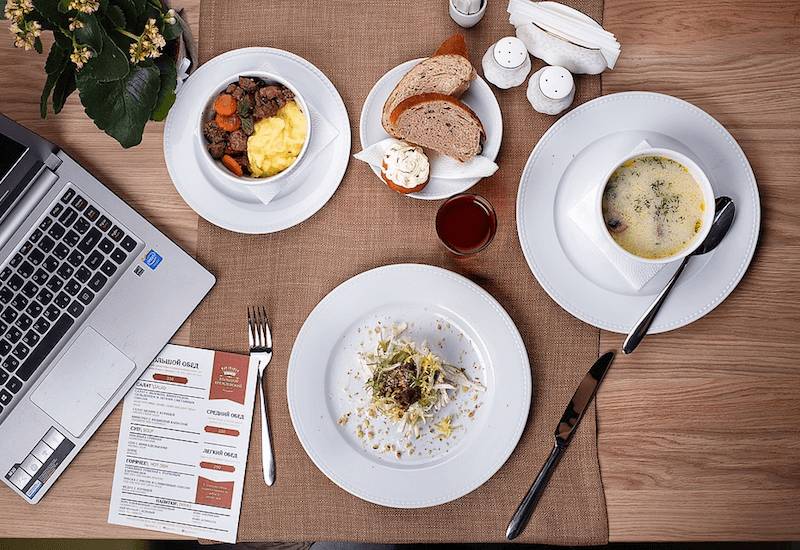A popular opinion amongst the finance teams is that using actual method for calculating FBT bill on meal entertainment is an administrative nuisance. Why is that? If it is, how can they overcome that hurdle and how would that benefit the employers, especially in financial terms?
FBT
Fringe Benefits Tax (FBT) is a tax obligation that the employer needs to pay on what are called “fringe benefits” provided to the employees or to the associates of those employees. The types of these benefits include car fringe benefits, entertainment fringe benefits, housing fringe benefits, etc. Each of these types has different valuation techniques and reporting requirements.
Meal Entertainment
Meal entertainment is one of the most common fringe benefits provided by the employers in the form of food and beverage to their employees or external parties which include clients, family of employees or contractors. There are 3 different ways to calculate the taxable value of meal entertainment as per ATO:
50/50 split method – add up all the meal entertainment bills for a FBT year and only 50% of this would be the taxable value irrespective of the recipients.
Actual method – record the number and names of employees, clients or associates for each expense, so as to calculate the cost per head and obtain the exact value of benefits provided to the employees.
12-week method – do the above for the first 12 weeks of a FBT year to obtain a percentage of taxable value to the total entertainment expenditure made during that 12 week period and use this “register percentage” at the end of the year to calculate the taxable value for the whole year.
Actual method > 50/50 method
Based on the above, one can expect that the companies would prefer the 50/50 method over the actual method because of the administrative work that is involved with the actual method. The record keeping requirements make the actual method unattractive to the employers but this could usually result in a higher tax bill in most cases especially if the employers are often entertaining more clients than employees. Also, if the employer uses 50/50 method, they cannot utilise the below exemptions –
Minor and infrequent benefit exemption – if the fringe benefit is provided infrequently and irregularly (usually less than 10 times in a FBT year) and the taxable value of the benefit is below $300 per employee (per event) it may be exempt from FBT.
Property benefit exemption – if the meal entertainment benefit is provided on premises and on a working day, it is exempt from FBT.
How can the savings be made?
For the employers to take advantage of the above exemptions and reduce the tax bill, they need to make use of the “traditionally unviable” actual method. This means employers would have to allocate more time and resources maintaining records, analysing transactions and applying the relevant exemptions (where applicable). This is where expense automation tools like ProSpend would prove to be useful.
Some of the advantages these tools provide are –
1. The burden of recording recipients of each event is transferred to all the employees who incur these expenses thereby distributing the workload.
2. Recipient groups can be saved as favourites and can be applied to expenses thereby eliminating the need to add all the recipients again.
3. The recipient list is stored on the cloud and can be obtained from anywhere anytime. This would come in handy before lodging FBT return.
4. Because it is easy to keep track of expenses and record the recipients, the employers can ask the employees to record the names no matter what method they choose and at the end of the FBT year, a comparison between the actual method and 50/50 method can be done to see which method results in lesser tax obligation.
5. Minor benefit exemption can automatically be applied to the expenses.
6. On premises meal entertainment can automatically be excluded and recording of recipients won’t be required.
Therefore, these automation tools can help in both reducing the administrative work that is required to utilise actual method and provide tax savings.
To conclude, employers have always looked at the 50/50 method as a safer option mainly because of its easy nature and cost effectiveness but overlooked the tax benefits they could have generated by switching to the actual method.
NOW IS THE TIME TO SWITCH!
